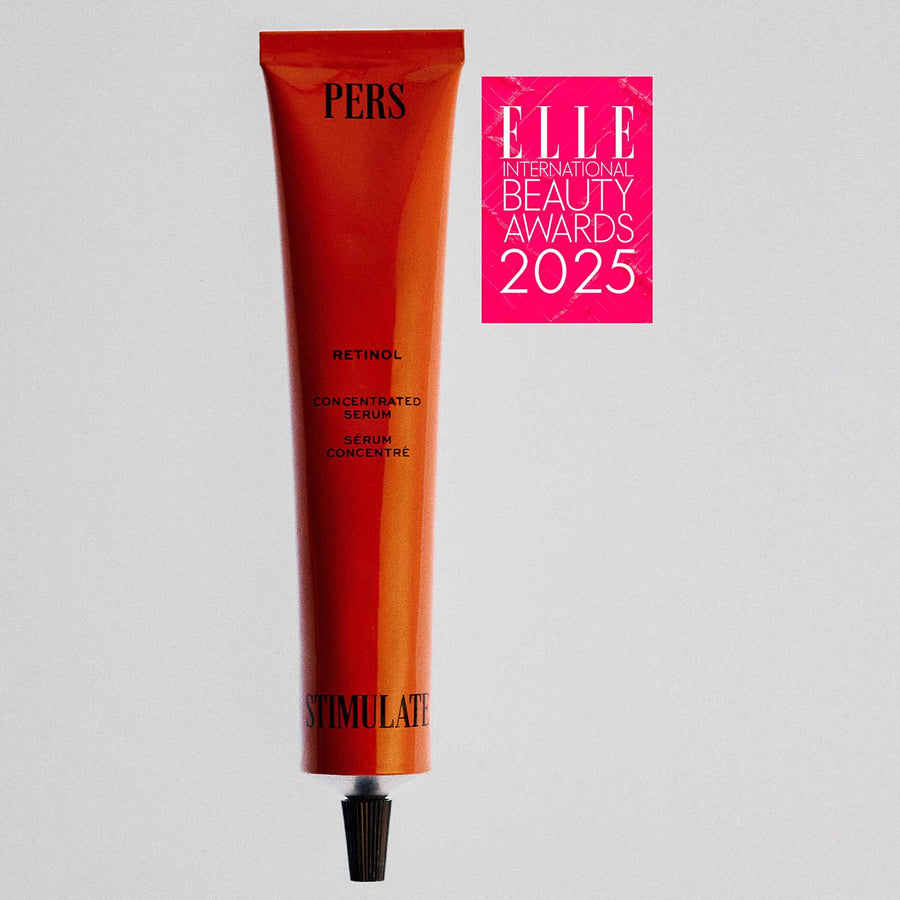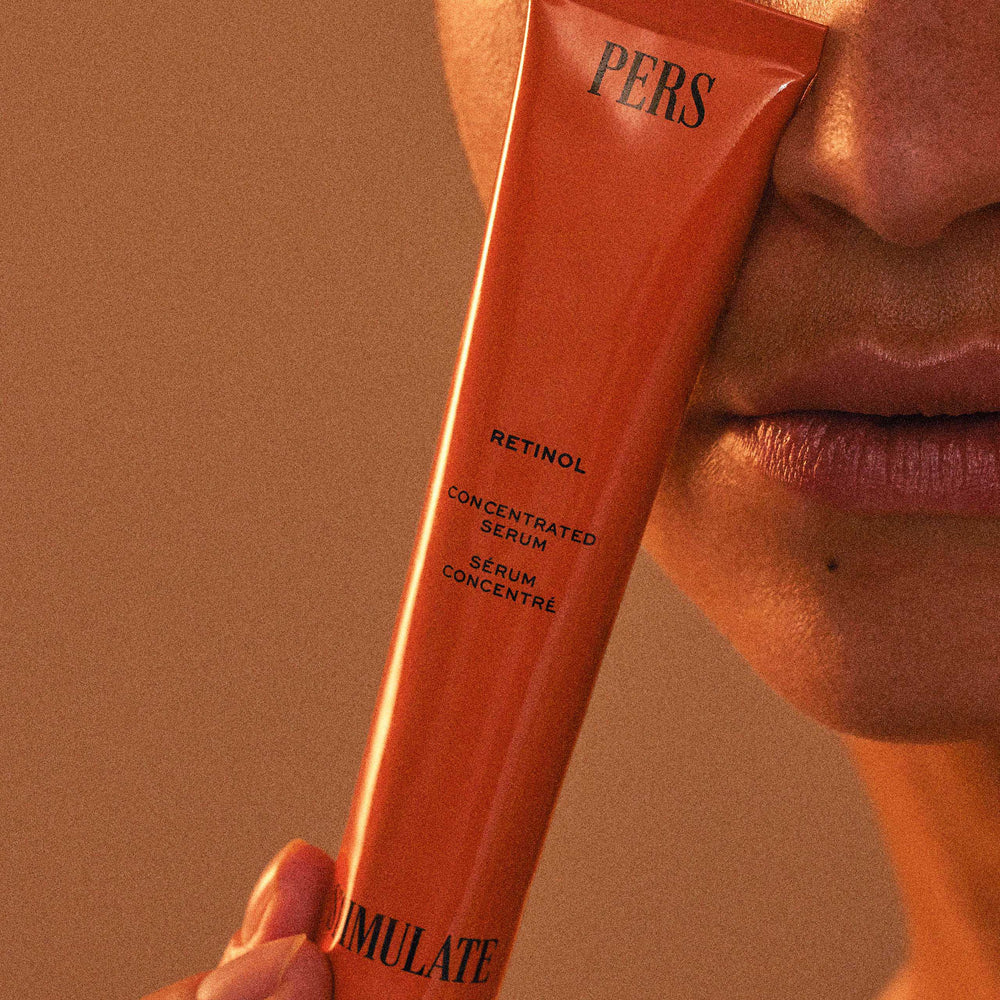How to integrate retinoids into your skincare routine to fight the signs of aging?
Are you ready to give your skincare routine a boost ? If you're looking to tackle the signs of aging, retinoids can be a game-changer. They hold the power to transform your skin, but it's important to understand how to incorporate them effectively and safely. Let's start by exploring what retinoids are and why they reign supreme in the world of anti-aging skincare. You'll be amazed by their benefits.
Once you're comfortable with the basics, we'll dive into practical steps for introducing retinoids into your daily routine. It's not just about applying them; getting the timing and combinations right matters too. And of course, like any skincare product, there are precautions to keep in mind to avoid potential pitfalls. This paragraph now emphasizes routine and the importance of precautions.
With a bit of guidance, you can make retinoids your skin's new best friend. Together, let's unlock the secret to smoother, younger-looking skin through a deeper understanding of which active ingredients to favor according to the needs of your skin. This paragraph highlights the guidance, secret, and understanding necessary for effective skincare.

Understanding retinoids and their benefits for aging skin
Retinoids are a powerhouse in the skincare world, especially when it comes to combating the signs of aging. Derived from vitamin A, these potent compounds work wonders on your skin by promoting cellular turnover and stimulating collagen production. This means they can help reduce fine lines, wrinkles, and even out your skin tone. If you're starting to notice those first signs of aging or want to maintain your youthful glow, retinoids could be your new best friend.
Different types of retinoids and how they work
Not all retinoids are created equal. You might encounter terms like retinol, retinaldehyde, or adapalene in your quest for the perfect anti-aging solution. Each type has its unique properties and strengths:
- Retinol: This is the most common form found in over-the-counter products. It's gentle yet effective, making it a great starting point for beginners.
- Retinaldehyde: Slightly more potent than retinol, this form works faster but can also be a bit more intense on sensitive skin.
- Tretinoin: Available by prescription only, tretinoin is powerful and offers quicker results but requires careful handling due to its strength.
The magic happens as these compounds penetrate deep into your skin layers, accelerating cell turnover. Shedding old cells like leaves in autumn to reveal fresh, vibrant ones beneath—that's what retinoids do for you!
The anti-aging benefits of retinoids
If you're dreaming of smoother texture and fewer age spots without invasive procedures or costly treatments—retinoids have got you covered! By enhancing collagen synthesis within dermal layers where firmness originates from, they help maintain elasticity while diminishing visible imperfections caused by sun damage over time.
You might ask yourself: "Is there anything else I should know?" Yes! Retinoid usage requires patience; results won't appear overnight but trust us—it'll be worth every moment spent waiting patiently during this transformative journey toward a healthier-looking complexion!
Steps to Safely Incorporate Retinoids in Your Skincare Routine to Fight Aging
Integrating retinoids into your skincare regimen can seem daunting, but with a thoughtful approach, you can harness their powerful benefits without the hassle. Let's explore how you can do this safely and effectively.
Gradually Introducing Retinoids to Your Routine
Diving headfirst into retinoids might overwhelm your skin, especially if it's sensitive. Start by applying a pea-sized amount of retinoid cream or serum once or twice a week on clean, dry skin at night. Allow your skin time to acclimate; after two weeks, if all goes well, gradually increase the frequency. This step-by-step introduction helps mitigate potential irritation while allowing your skin to adjust.
Pairing Retinoids with Other Skincare Products
Retinoids work wonders when paired thoughtfully with other products. To enhance hydration and soothe potential dryness from retinoid use, consider incorporating humectants like hyaluronic acid into your routine. These substances prevent water evaporation from the skin, ensuring it stays plump and hydrated. Apply a hydrating serum before your retinoid product and follow up with a nourishing moisturizer to lock in moisture.
If you're using exfoliating acids like AHAs or BHAs, alternate their use with retinoids on different nights. This strategy prevents over-exfoliation and minimizes irritation risks.
Remember to always apply sunscreen during the day as retinoids can increase sun sensitivity. A broad-spectrum SPF 30 or higher is non-negotiable for protecting your skin from UV damage while reaping anti-aging benefits.
By taking these careful steps, you can seamlessly incorporate retinoids into your routine and enjoy smoother, more youthful-looking skin without compromising its health.
Precautions when using retinoids in your anti-aging skincare routine
Integrating retinoids into your skincare regimen can be transformative, but it's crucial to approach them with care. Retinoids, renowned for their ability to accelerate cell turnover and stimulate collagen production, are potent allies against the signs of aging. However, their power comes with certain responsibilities to ensure you reap the benefits without unnecessary discomfort.
Potential side effects and how to manage them
Retinoids can cause initial irritation as your skin adjusts. You might experience redness, dryness, or peeling—common reactions that can be managed effectively. Start by applying a pea-sized amount just two to three times a week, allowing your skin time to build tolerance. If irritation persists, consider using a moisturizer immediately after applying retinoids to buffer the effects. This approach helps maintain hydration while your skin acclimates.
Common mistakes to avoid when using retinoids
Avoid layering retinoids with other potent actives like alpha hydroxy acids (AHAs) or benzoyl peroxide initially. These combinations could exacerbate irritation. Instead, focus on gentle formulations that complement the action of retinoids without overwhelming your skin barrier.
- Sun protection is non-negotiable: Retinoids increase sun sensitivity; therefore, daily sunscreen application is essential.
- Pacing matters: Introduce new products slowly and monitor how your skin responds before increasing frequency.
- Avoid excessive exfoliation: Over-exfoliating can lead to compromised skin barriers and heightened sensitivity.
Your journey with retinoids should feel empowering rather than daunting. By observing these precautions and listening to your skin's needs, you set the stage for remarkable results while safeguarding its health and integrity.
We recommend these other pages for you:
- How is hyaluronic acid essential in a skincare routine for dehydrated skin?
- Why is using vitamin C in your skincare routine crucial for tired skin?
- Why is niacinamide recommended for blemish-prone skin in a skincare routine?
- How can salicylic acid be used in a skincare routine to treat clogged pores?
- How do antioxidants play a key role in your skincare routine to protect the skin against oxidative stress?
- Why are peptides important in a skincare routine to stimulate cell regeneration?

